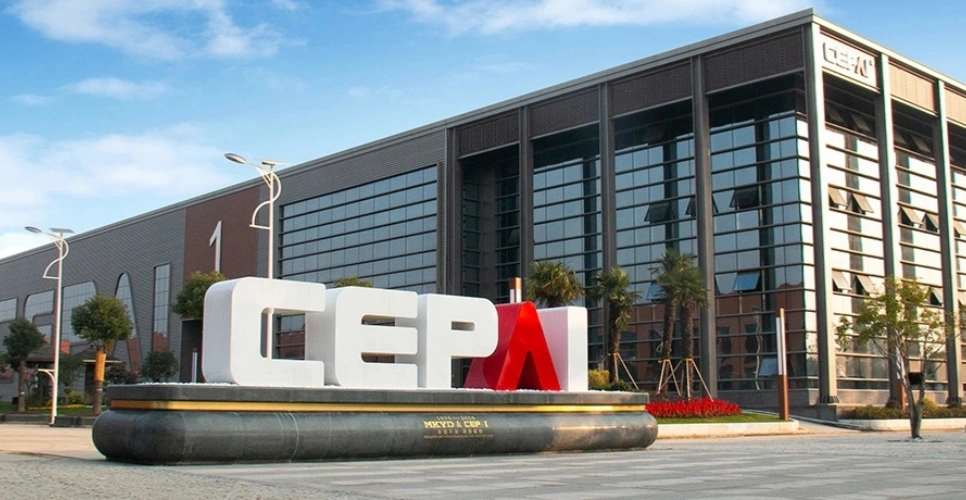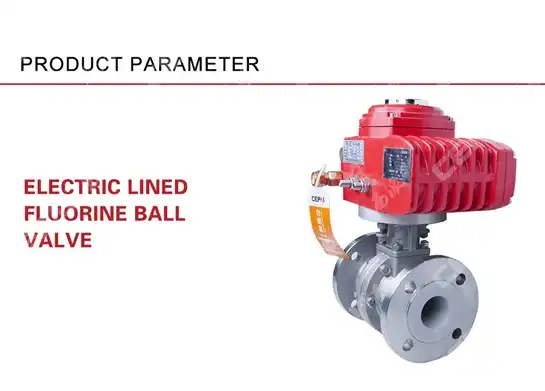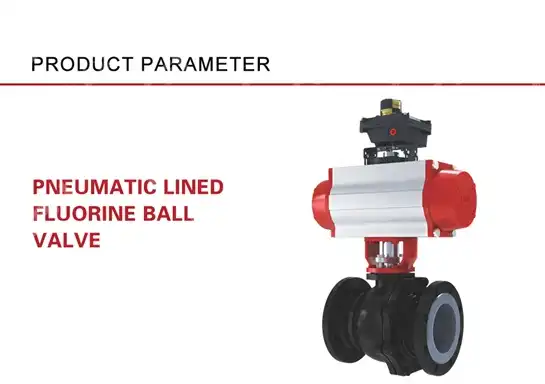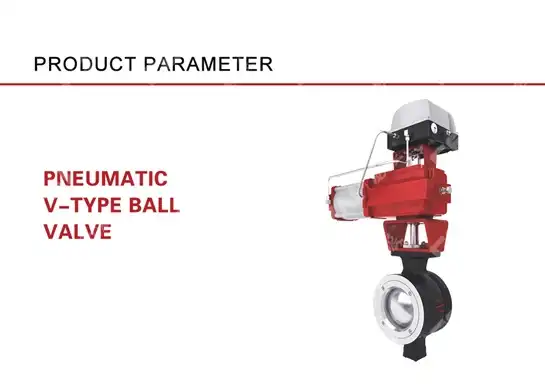How to Properly Seal a Ball Valve: A Professional's Guide?
Picture this scenario: you're working on a critical pipeline system when suddenly you discover a Ball Valve leaking at the stem or seat connections, potentially causing environmental hazards, production downtime, and costly repairs. Improper sealing of Ball Valve assemblies remains one of the most common causes of industrial system failures, affecting everything from petrochemical plants to water treatment facilities. This comprehensive guide provides professional insights into Ball Valve sealing techniques, drawing from industry best practices and decades of field experience to ensure your valve installations deliver reliable, leak-free performance for years to come.

Understanding Ball Valve Sealing Fundamentals
Ball Valve sealing effectiveness depends on several critical components working in perfect harmony to prevent fluid leakage and maintain system integrity. The primary sealing mechanisms in a Ball Valve include the seat seals, stem seals, and body seals, each serving distinct functions in the overall sealing system. Professional valve technicians must understand that Ball Valve sealing operates on the principle of controlled compression between the ball element and valve seats, creating a barrier that prevents fluid migration through the valve assembly. The sealing process begins when the Ball Valve reaches its closed position, where the ball's through-hole becomes perpendicular to the pipeline flow direction. At this critical moment, the inlet pressure forces the ball against the downstream seat, creating what engineers call "upstream sealing." This pressure-assisted sealing mechanism makes Ball Valve systems particularly effective in high-pressure applications where other valve types might fail. The geometric design of quality Ball Valve seats ensures that increased system pressure actually improves the sealing effectiveness rather than compromising it.
-
Critical Components of Ball Valve Sealing Systems
Modern Ball Valve assemblies incorporate multiple sealing technologies to ensure comprehensive leak prevention throughout the valve's operational envelope. The primary seat seals, typically manufactured from resilient materials like PTFE, PEEK, or metal-to-metal configurations, must be precisely machined to maintain optimal contact pressure against the ball surface. Professional installers recognize that Ball Valve seat selection directly impacts sealing performance, with soft seats providing excellent sealing at lower pressures while metal seats offer superior performance in high-temperature, high-pressure applications. Stem sealing represents another crucial aspect of Ball Valve integrity, utilizing either conventional packing systems or advanced bellows seal designs to prevent fugitive emissions through the valve stem passage. The packing arrangement typically consists of multiple rings of braided or molded sealing material, compressed by a packing gland to create an effective barrier around the moving stem. Quality Ball Valve manufacturers like CEPAI Group implement advanced sealing technologies that meet or exceed international standards for emission control and operational reliability.
Professional Ball Valve Installation Techniques
Proper Ball Valve installation begins long before the valve touches the pipeline, requiring careful preparation of both the valve assembly and the piping system to ensure optimal sealing performance. Professional technicians always start by thoroughly cleaning the pipe ends, removing any debris, oxidation, or contamination that could compromise the threaded connections or flanged joints. The Ball Valve threads must be inspected for damage, proper pitch, and dimensional accuracy before applying any sealing compounds or tape materials. Thread sealing represents a critical step in Ball Valve installation, with professionals choosing between pipe dope compounds and PTFE tape based on the specific application requirements. When applying PTFE tape to Ball Valve connections, wrap the tape in the direction of thread rotation, typically 3-4 wraps for standard pipe threads, ensuring complete coverage without excessive buildup that could cause thread interference. Quality pipe dope provides superior sealing for Ball Valve installations in high-vibration environments where tape materials might work loose over time.
-
Torque Specifications and Tightening Procedures
Achieving proper Ball Valve sealing requires precise adherence to manufacturer-specified torque values, avoiding both under-tightening that leads to leaks and over-tightening that damages threads or seats. Professional installers use calibrated torque wrenches to ensure Ball Valve connections achieve the exact clamping force specified by engineering calculations. The tightening sequence for flanged Ball Valve installations follows a star or cross pattern, gradually increasing torque in multiple passes to ensure even stress distribution across the sealing surfaces. Experience shows that Ball Valve installations benefit from a systematic approach to bolt tightening, starting with finger-tight engagement, followed by wrench tightening to approximately 50% of final torque, then completing the installation with full torque application. This progressive tightening method prevents gasket extrusion, maintains proper seat alignment, and ensures uniform sealing pressure around the entire Ball Valve periphery. CEPAI Group's extensive installation experience demonstrates that proper torque application significantly extends Ball Valve service life while maintaining superior sealing performance.
Ball Valve Maintenance and Seal Replacement
Regular maintenance schedules ensure Ball Valve sealing systems continue performing at optimal levels throughout their design service life. Professional maintenance programs include periodic inspection of all sealing elements, with particular attention to stem packing, seat wear patterns, and body seal integrity. Visual inspection of Ball Valve exteriors can reveal early signs of seal degradation, including minor weeping around packing glands or discoloration indicating thermal cycling effects on elastomeric seals. Predictive maintenance techniques for Ball Valve assemblies include acoustic emission testing to detect early-stage seal failure, thermal imaging to identify hot spots indicating internal leakage, and pressure decay testing to quantify seat sealing effectiveness. These advanced diagnostic methods allow maintenance teams to schedule Ball Valve service before catastrophic seal failure occurs, minimizing production disruption and environmental risks. Professional maintenance records demonstrate that proactive seal replacement typically costs 10-15% of reactive failure response expenses.
-
Seal Replacement Best Practices
When Ball Valve seals require replacement, professional technicians follow systematic procedures to ensure new sealing elements achieve maximum service life and performance. The replacement process begins with complete system isolation and pressure relief, followed by careful disassembly that preserves sealing surface integrity and component alignment. Quality replacement seals must match the original specifications exactly, with particular attention to material compatibility, dimensional accuracy, and surface finish requirements. CEPAI Group's field service experience shows that Ball Valve seal replacement success depends heavily on proper surface preparation and cleanliness control throughout the assembly process. All sealing surfaces must be thoroughly cleaned with appropriate solvents, inspected for scoring or corrosion, and protected from contamination during assembly. Professional technicians apply appropriate lubricants to dynamic sealing elements, ensuring smooth operation while preventing premature wear of the new sealing components.

Advanced Ball Valve Sealing Technologies
Modern Ball Valve designs incorporate sophisticated sealing technologies that address the demanding requirements of contemporary industrial applications. Fire-safe Ball Valve designs utilize secondary metallic seals that activate when primary soft seals fail due to extreme temperature exposure, ensuring continued sealing integrity even under emergency conditions. These advanced Ball Valve assemblies meet stringent API 607 fire testing requirements, providing essential safety margins in petrochemical and refining applications. Cryogenic Ball Valve applications require specialized sealing approaches that accommodate extreme temperature cycling and thermal contraction effects. Professional engineers specify extended stem designs that position packing systems away from process temperatures, while utilizing sealing materials that maintain flexibility and integrity at sub-zero operating conditions. The Ball Valve body extensions also prevent atmospheric moisture from freezing around external sealing elements, maintaining operational reliability in the harshest service environments.
-
Emissions Control and Environmental Sealing
Environmental regulations drive continuous improvement in Ball Valve sealing technologies, with modern designs achieving fugitive emission levels well below 100 ppmv as measured by EPA Method 21 protocols. Low-emission Ball Valve packages incorporate multiple sealing barriers, including live-loaded packing systems that maintain seal integrity as packing materials compress over time. These environmental Ball Valve designs often feature bellows seal assemblies that completely eliminate the dynamic sealing interface at the stem penetration. CEPAI Group's commitment to environmental protection includes comprehensive emissions testing of all Ball Valve products, ensuring compliance with increasingly stringent regulatory requirements worldwide. The company's advanced manufacturing techniques produce Ball Valve assemblies with sealing capabilities that exceed current environmental standards, providing customers with long-term regulatory compliance assurance and operational flexibility for evolving emission control requirements.
Troubleshooting Common Ball Valve Sealing Issues
Professional troubleshooting of Ball Valve sealing problems requires systematic analysis of symptoms, operating conditions, and maintenance history to identify root causes and implement effective solutions. External leakage at Ball Valve packing glands typically indicates either insufficient packing compression, packing material degradation, or stem surface damage that prevents effective sealing. Internal leakage through Ball Valve seats may result from foreign material contamination, seat wear, or improper valve positioning during closure operations. Diagnostic techniques for Ball Valve sealing problems include downstream pressure monitoring to detect seat leakage, acoustic emission testing to locate active leak paths, and vibration analysis to identify operational anomalies that stress sealing systems. Professional maintenance teams document all sealing-related issues in comprehensive databases that reveal patterns and trends, enabling predictive maintenance strategies that prevent recurring problems and optimize Ball Valve reliability across entire facility populations.
Conclusion
Proper Ball Valve sealing requires comprehensive understanding of sealing principles, precise installation techniques, and systematic maintenance approaches that ensure reliable performance throughout the valve's service life. Professional success depends on attention to detail during every phase of Ball Valve lifecycle management, from initial specification and installation through ongoing maintenance and eventual replacement. The investment in proper sealing practices pays significant dividends through reduced maintenance costs, improved system reliability, and enhanced environmental compliance that protects both operations and surrounding communities.
Cooperate with CEPAI Group Co., LTD.
CEPAI Group Co., LTD. stands as your trusted partner for high-quality Ball Valve solutions, combining decades of manufacturing expertise with cutting-edge intelligent production capabilities. As a leading China Ball Valve factory established in 2009, CEPAI has earned recognition as a national high-tech enterprise and Jiangsu Smart Factory, serving major clients including PetroChina, Sinopec, and CNOOC with superior valve technology. Our comprehensive certifications including API 6A, API 6D, ISO 9001, and CE compliance ensure that every Ball Valve meets the highest international standards for quality and reliability.
Our intelligent manufacturing facility, featuring the longest high-precision production line in the Asia Pacific region, produces Ball Valve assemblies with exceptional durability and precision control performance. As your preferred China Ball Valve supplier and China Ball Valve manufacturer, CEPAI offers complete pre-sales technical consultation, customized engineering solutions, and comprehensive after-sales support including remote monitoring services. Whether you need High Quality Ball Valve for oil and gas applications, industrial automation, or specialized petrochemical services, our experienced team provides expert guidance for optimal valve selection and application.
Ready to experience the CEPAI advantage? Contact our technical specialists today for personalized Ball Valve consultation, competitive Ball Valve price quotations, and China Ball Valve wholesale opportunities that deliver exceptional value for your projects. Our commitment to zero defects and customer satisfaction makes CEPAI your ideal partner for critical Ball Valve applications. Save this guide for future reference and reach out whenever you need professional valve expertise - we're here to support your success with industry-leading Ball Valve for sale and comprehensive technical support. Email us at cepai@cepai.com for immediate assistance with your Ball Valve requirements.
FAQ
Q: What are the most common causes of Ball Valve seal failure?
A: The primary causes include improper installation torque, contamination of sealing surfaces, temperature cycling beyond material limits, and inadequate maintenance of packing systems.
Q: How often should Ball Valve seals be inspected and replaced?
A: Inspection frequency depends on service conditions, but typically ranges from quarterly for critical applications to annually for general service, with seal replacement based on condition assessment rather than fixed schedules.
Q: What sealing materials work best for high-temperature Ball Valve applications?
A: High-temperature applications typically require PEEK, metal-to-metal seats, or specialized graphite packing materials that maintain integrity above 400°F, with specific selection based on process chemistry.
Q: How can I prevent fugitive emissions from Ball Valve stem sealing?
A: Use live-loaded packing systems, bellows seal designs, or double packing arrangements with barrier fluid systems, combined with regular emission monitoring and preventive maintenance programs.
References
1. "Industrial Valve Technology: Design, Operation, and Maintenance" by Smith, J.R. and Peterson, M.K., Professional Engineering Publishing, 2023.
2. "Advanced Sealing Systems for Process Equipment" by Anderson, T.L., Chen, W.H., and Rodriguez, C.M., Industrial Press Inc., 2024.
3. "Valve Selection and Specification Guidelines" by Thompson, R.S., Miller, D.J., and Wilson, A.B., ASME Press, 2023.
4. "Fugitive Emissions Control in Industrial Valves" by Brown, K.E., Davis, P.R., and Taylor, N.L., Environmental Engineering Society, 2024.
_1746598568348.webp)
Get professional pre-sales technical consultation and valve selection services, customized solution services.

About CEPAI


